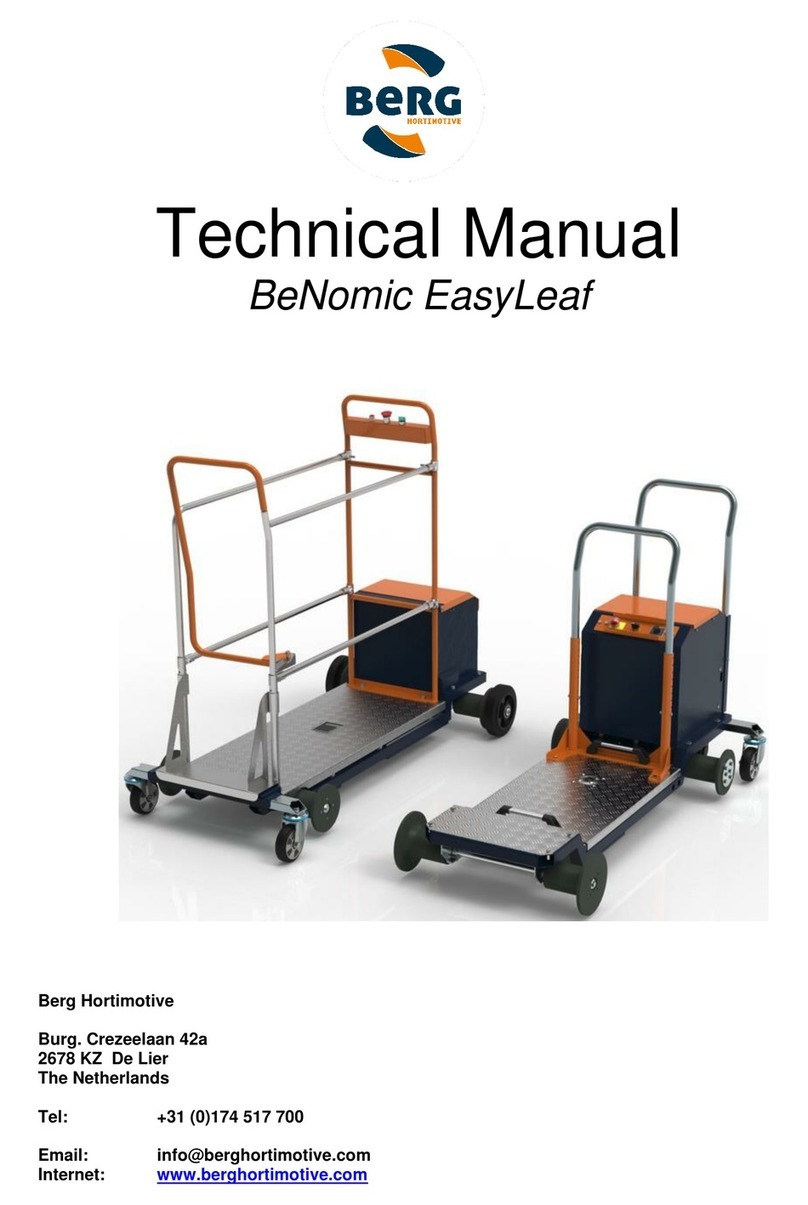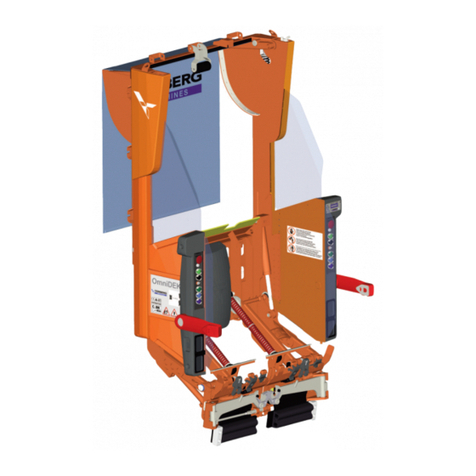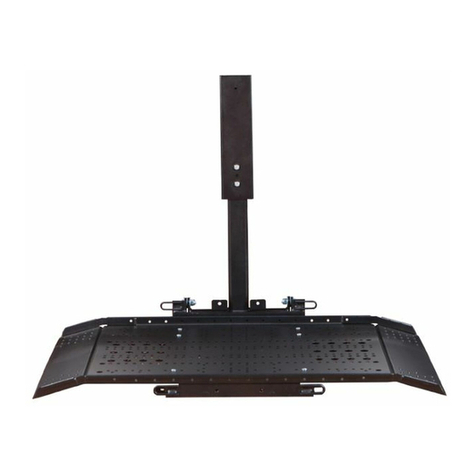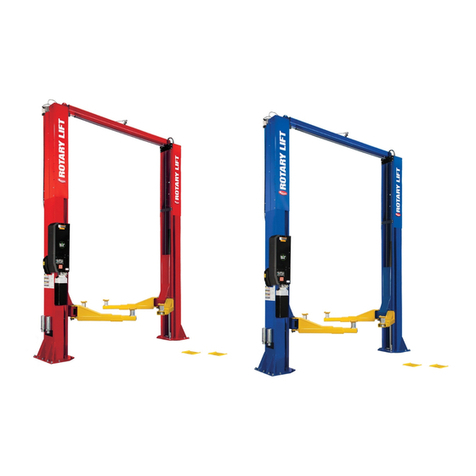
TABLE OF CONTENTS
TL 1128 (TOP HOLES)
Printed in U.S.A.
Copyright 2016, Bayne Premium Lift Systems
Issued August 2016
Revision No: 006
........................................................................................................................................................................................2Safety
........................................................................................................................................................................................3Specifications
........................................................................................................................................................................................5Installation Instructions
........................................................................................................................................................................................11Operation Instructions
........................................................................................................................................................................................14Diverter Valve Information
........................................................................................................................................................................................16Maintenance Instructions
........................................................................................................................................................................................17Actuator Assembly Instructions
........................................................................................................................................................................................28Troubleshooting Chart
........................................................................................................................................................................................30Appendix A - Assembly Drawings and Part Numbers
........................................................................................................................................................................................311900-0187 - TL 1128 Top Holes Lifter Assembly
........................................................................................................................................................................................357603-1501 - Hook Bearing Mount Assembly
........................................................................................................................................................................................362000-1230 - Torque Bearing Assembly
........................................................................................................................................................................................372000-1338 - Lower Idler Bearing Assembly
........................................................................................................................................................................................382000-1335 - Upper Idler Bearing Assembly
........................................................................................................................................................................................39H3000027 - TL Series Specifications
........................................................................................................................................................................................436900-0700 - Hydraulic Schematic
........................................................................................................................................................................................446900-0704 - Hydraulic Schematic
........................................................................................................................................................................................45M3500005 - Diverter Valve Parts
........................................................................................................................................................................................468000-0780 - Diverter Valve Seal Kit
........................................................................................................................................................................................476083-1010 - Single Hand Valve with Bracket
........................................................................................................................................................................................488000-0085 - Hand Valve Seal Repair Kit
........................................................................................................................................................................................49LUB2000P - TL Lubrication Points
...................................................................................................................................................................... 51
Index




























